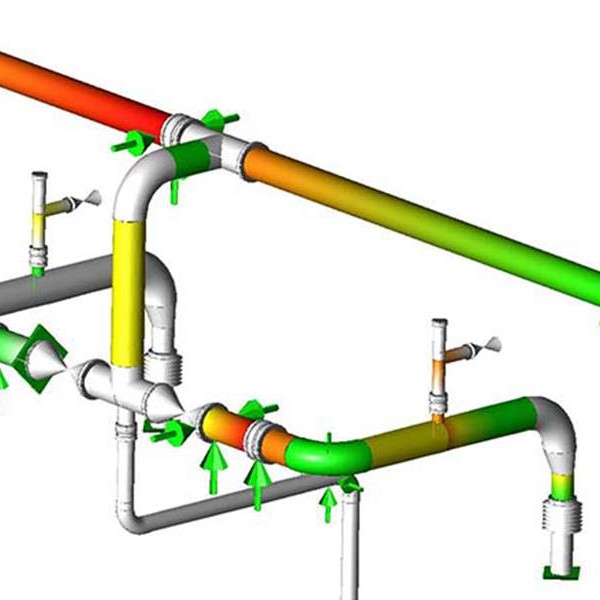
-
 Afrikaans
Afrikaans -
 Albanian
Albanian -
 Amharic
Amharic -
 Arabic
Arabic -
 Armenian
Armenian -
 Azerbaijani
Azerbaijani -
 Basque
Basque -
 Belarusian
Belarusian -
 Bengali
Bengali -
 Bosnian
Bosnian -
 Bulgarian
Bulgarian -
 Catalan
Catalan -
 Cebuano
Cebuano -
 China
China -
 China (Taiwan)
China (Taiwan) -
 Corsican
Corsican -
 Croatian
Croatian -
 Czech
Czech -
 Danish
Danish -
 Dutch
Dutch -
 English
English -
 Esperanto
Esperanto -
 Estonian
Estonian -
 Finnish
Finnish -
 French
French -
 Frisian
Frisian -
 Galician
Galician -
 Georgian
Georgian -
 German
German -
 Greek
Greek -
 Gujarati
Gujarati -
 Haitian Creole
Haitian Creole -
 hausa
hausa -
 hawaiian
hawaiian -
 Hebrew
Hebrew -
 Hindi
Hindi -
 Miao
Miao -
 Hungarian
Hungarian -
 Icelandic
Icelandic -
 igbo
igbo -
 Indonesian
Indonesian -
 irish
irish -
 Italian
Italian -
 Japanese
Japanese -
 Javanese
Javanese -
 Kannada
Kannada -
 kazakh
kazakh -
 Khmer
Khmer -
 Rwandese
Rwandese -
 Korean
Korean -
 Kurdish
Kurdish -
 Kyrgyz
Kyrgyz -
 Lao
Lao -
 Latin
Latin -
 Latvian
Latvian -
 Lithuanian
Lithuanian -
 Luxembourgish
Luxembourgish -
 Macedonian
Macedonian -
 Malgashi
Malgashi -
 Malay
Malay -
 Malayalam
Malayalam -
 Maltese
Maltese -
 Maori
Maori -
 Marathi
Marathi -
 Mongolian
Mongolian -
 Myanmar
Myanmar -
 Nepali
Nepali -
 Norwegian
Norwegian -
 Norwegian
Norwegian -
 Occitan
Occitan -
 Pashto
Pashto -
 Persian
Persian -
 Polish
Polish -
 Portuguese
Portuguese -
 Punjabi
Punjabi -
 Romanian
Romanian -
 Russian
Russian -
 Samoan
Samoan -
 Scottish Gaelic
Scottish Gaelic -
 Serbian
Serbian -
 Sesotho
Sesotho -
 Shona
Shona -
 Sindhi
Sindhi -
 Sinhala
Sinhala -
 Slovak
Slovak -
 Slovenian
Slovenian -
 Somali
Somali -
 Spanish
Spanish -
 Sundanese
Sundanese -
 Swahili
Swahili -
 Swedish
Swedish -
 Tagalog
Tagalog -
 Tajik
Tajik -
 Tamil
Tamil -
 Tatar
Tatar -
 Telugu
Telugu -
 Thai
Thai -
 Turkish
Turkish -
 Turkmen
Turkmen -
 Ukrainian
Ukrainian -
 Urdu
Urdu -
 Uighur
Uighur -
 Uzbek
Uzbek -
 Vietnamese
Vietnamese -
 Welsh
Welsh -
 Bantu
Bantu -
 Yiddish
Yiddish -
 Yoruba
Yoruba -
 Zulu
Zulu
grp grating
Understanding GRP Grating A Versatile Solution for Modern Applications
GRP (Glass Reinforced Polymer) grating is gaining significant popularity in various industries due to its unique properties and versatility. It consists of a composite material that combines glass fibers with a polymer matrix, resulting in a lightweight yet robust product. This innovative material has found its way into numerous applications, ranging from construction to marine environments, where traditional materials may falter.
Key Benefits of GRP Grating
One of the most compelling advantages of GRP grating is its exceptional strength-to-weight ratio. This characteristic not only makes GRP grating easier to handle and install but also reduces the overall load on structures. Additionally, GRP is resistant to corrosion, which is particularly advantageous in environments prone to chemical exposure or saltwater. Unlike metal grating, which can rust and deteriorate, GRP maintains its integrity over time, leading to lower maintenance costs and longer service life.
Another critical benefit of GRP grating is its non-slip surface. With a variety of surface textures available, it provides enhanced traction, reducing the risk of slips and falls in both industrial and recreational settings. This safety feature is especially important in areas where workers are frequently exposed to wet or oily conditions, such as factories, shipyards, and docks.
Moreover, GRP grating is an environmentally friendly choice. The manufacturing process consumes less energy than that of traditional materials, and its longevity contributes to sustainability. Additionally, GRP products can often be recycled, further minimizing their environmental impact.
Applications of GRP Grating
grp grating

GRP grating is utilized in a multitude of applications across various sectors. In the industrial sector, it is commonly used as flooring in chemical plants, power stations, and wastewater treatment facilities. Its resistance to chemicals and corrosion makes it ideal for environments where safety and durability are paramount.
In the construction industry, GRP grating serves as a practical solution for stair treads, platforms, and walkways. Its lightweight nature simplifies transportation and installation processes, making it a preferred choice for many contractors. Moreover, GRP grating can be customized in terms of color and size, enabling it to fit seamlessly with different architectural designs.
Marine applications also benefit from GRP grating. It is extensively used in boat decking, marina walkways, and offshore platforms due to its resistance to saltwater and UV radiation. The longevity and durability of GRP make it an ideal material for these demanding environments, ensuring that structures remain safe and functional over time.
Future Trends in GRP Grating
As industries continue to evolve, the demand for advanced materials like GRP grating is expected to rise. Innovations in manufacturing techniques and composite design may lead to even more enhanced properties, making GRP grating suitable for an expanding range of applications. Furthermore, as sustainability becomes an increasing focus in construction and manufacturing, GRP grating’s eco-friendly qualities will likely position it as a preferred choice for organizations striving to reduce their carbon footprint.
Conclusion
In summary, GRP grating offers a unique combination of strength, durability, and safety, making it a versatile solution for various applications. Its resistance to environmental factors, coupled with its lightweight properties and non-slip features, make it an attractive alternative to traditional materials. As industries continue to embrace innovation and sustainability, GRP grating is set to play a vital role in shaping the future of construction, manufacturing, and beyond. The growth of this material signifies a shift towards smarter, safer, and more efficient solutions in our built environment.
Latest news
-
Exploring the Benefits of Top Hammer Drifter Rods for Enhanced Drilling PerformanceNewsJun.10,2025
-
High-Precision Fiberglass Winding Machine for GRP/FRP Pipe Production – Reliable & Efficient SolutionsNewsJun.10,2025
-
FRP Pipes & Fittings for Shipbuilding - Corrosion-Resistant & LightweightNewsJun.09,2025
-
Premium FRP Flooring Solutions Durable & Slip-ResistantNewsJun.09,2025
-
Premium Fiberglass Rectangular Tanks Durable & Lightweight SolutionNewsJun.09,2025
-
Tapered Drill String Design Guide Durable Performance & UsesNewsJun.09,2025









